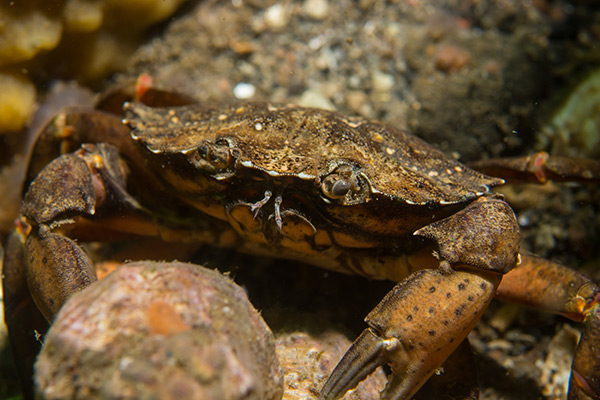Scientists discover 12 new sponge species that look like polar bears, unicorns and aliens
08/03/2023 / By Kevin Hughes

Scientists recently discovered 12 new sponge species, some of which resemble polar bears and the mythical unicorn. Others even look like extraterrestrials.
Their discovery was announced in a recent study by Thomas Turner, an associate professor at the University of California, Santa Barbara (UCSB) specializing in marine biology, along with research ecologist Steve Lonhart. They found the sea sponges while diving off Monterey Bay, California. (Related: Humans share 70 percent of genetic code with sea sponges.)
During their dive, the duo recorded 29 sponge species overall with 12 of them previously unknown to science.
“I was definitely excited. I could immediately tell just by looking at them — these were sponges I hadn’t seen anywhere else,” said Turner.
“I guess I just like the weird, forgotten animals, and figuring out what’s there and how they occur forms the foundations to help answer questions about them in the future,” Turner added while referring to the sponges as “alien life here on Earth.”
Turner and Lonhart conducted their dive at the Monterey Bay National Marine Sanctuary, a federal marine protected area off the coast of California extending from Marin County in the San Francisco North Bay region to the town of Cambria in San Luis Obispo County, midway between San Francisco and Los Angeles.
They took the sanctuary’s 22-foot boat, the R/V Tegula, on a research cruise to the Carmen Pinnacles State Marine Reserve. They went diving down to different sites where Lonhart and Turner believed they could do some sponge collections.
The spots were comparatively shallow, no deeper than 100 feet and they were normal destinations for recreational divers. The locations, despite being popular and accessible areas, provided a treasure trove of sponges for Turner’s sharp eye to find.
“Dr. Turner went down there and immediately, he said there’s at least five or six species of sponges that he had never seen. To have an expert tell you that there are new species in a place that I’ve been to multiple times before, that’s cool,” said Lonhart, who has been diving in Monterey Bay since 1988.
New sea sponge species discovered with underwater photography and DNA sequencing
Turner and Lonhart gathered small samples of the sponges and examined them at their lab in UCSB. They used a mix of underwater photography and DNA sequencing to analyze the sponges.
Aside from the sponges’ DNA, the pair also considered their form and structure. They determined that some of the species are endemic or native to the Carmel Bay region.
Once the pair confirmed their findings, they got the privilege of naming the creatures. One of them was named Megaciella sanctuarium, named in honor of the marine sanctuary.
Another sponge was named Haliclona melissae, after Turner’s partner, Melissa Kamen. A bright white and fluffy sponge was named Xestopongia ursa for its similarity to a polar bear. Lonhard named one sponge Hymdesmia promina for having a lot of tower-like projections over its body, which made it look “like a unicorn.”
“For a geeky scientist like me, it’s a really cool thing to see,” Lonhart said.
Scientific descriptions of the discoveries were published in a research paper titled “The Sponges of the Carmel Pinnacles Marine Protected Area” authored by Turner and Lonhart.
Follow Discoveries.news for more news about the latest scientific discoveries.
Watch the video below to know more about sea sponges.
This video is from the Tomorrow’s World Viewpoint channel on Brighteon.com.
More related articles:
Scientists accidentally discover life 3,000 feet under Antarctic ice.
Sources include:
Submit a correction >>
Tagged Under:
aquatic life, biodiversity, breakthrough, California, discoveries, Ecology, ecosystems, environment, marine ecosystems, marine life, Monterey Bay, Monterey Bay National Marine Sanctuary, ocean health, ocean life, real investigations, research, sea sponges, weird science
This article may contain statements that reflect the opinion of the author
RECENT NEWS & ARTICLES
OceanHealthNews.com is a fact-based public education website published by Ocean Health News Features, LLC.
All content copyright © 2018 by Ocean Health News Features, LLC.
Contact Us with Tips or Corrections
All trademarks, registered trademarks and servicemarks mentioned on this site are the property of their respective owners.



















